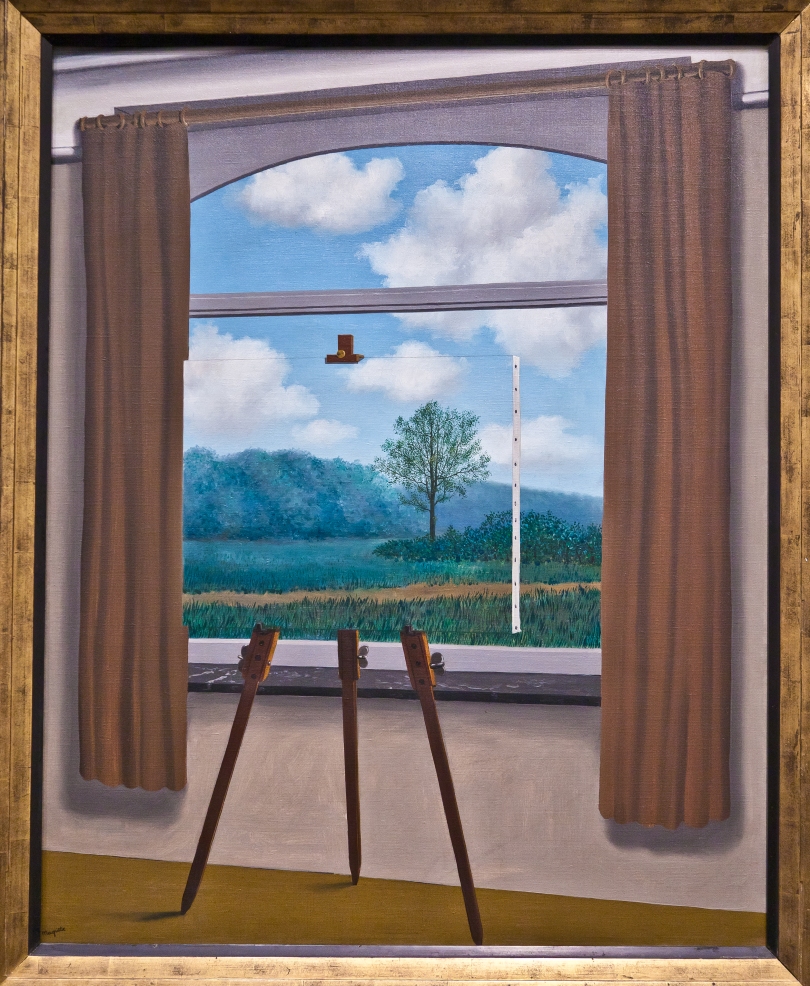And women’s souls, obviously, but Elizabeth I didn’t specify that.
The window, in any case, was invented long after the intrigue of that royal court. The Overton window is used mainly by people on the right of politics in their political strategy to define what is politically acceptable to the public. Wikipedia describes it like this:
The Overton window is an approach to identifying which ideas define the domain of acceptability within a democratic republic’s possible governmental policies. Proponents of policies outside the window seek to persuade or educate the public in order to move and/or expand the window. Proponents of current policies, or similar ones, within the window seek to convince people that policies outside it should be deemed unacceptable.
Overton’s window presents two possibilities for a political party, to either follow current norms or try to change them. This gets to the heart of Labour’s leadership race strife – where is the centre ground? Those on the centre or right of the Labour Party (who I’ll call New Labour) are either happy with where the centre ground stands or they believe that shifting public opinion is an insurmountable task. With his second and even more strident foray into the leadership debate, Tony Blair makes it clear that he falls firmly into the first of those two camps whereas Cooper and Burnham, we are nudged and winked to believe, may fall into the latter and want to get into power before trying to take the centre ground back.

But even some Conservative commentators, including the deputy editor of the Telegraph, are expressing concern that a win for Jeremy Corbyn in the Labour leadership race will move the window further to the left. That fear is Corbyn supporters’ hope. They are responding to a vision for an alternative to what we currently have. They like Corbyn’s apparent authenticity, his desire to stick to just the issues rather than personality and tittle-tattle, and they are particularly enthused by his opposition to the neoliberal economics of austerity. Owen Jones writing in the New Statesman speaks for many when he says that the current centre ground of politics (which New Labour MPs like Liz Kendall and Simon Danczuk are perfectly happy with) has been set by Labour’s political opponents, discourse has moved too far to the right over the last few decades and someone like Corbyn is needed in opposition to shift Overton’s window back towards the true centre.
So does Labour try to alter public opinion or just give up? The myth of Labour’s profligacy in power has been stubbornly difficult to remove. But then again, with the media with the broadest reach continually briefing against Labour in this way and giving very little opportunity for a platform to set things right, there hasn’t been the opportunity or, perhaps, sufficient effort put into setting the record straight.
Tony Blair is clear that he thinks it best to agree with the public rather than convince them of change and that seems to be the sticking point with Corbyn’s supporters. They’ve had enough of playing along with the Tories’ austerity game. Now they want to fight back.
[Top image: ehpien]

[…] referred previously to the Overton window. Public opinion is not a fixed, unswayable mass that needs […]
LikeLike